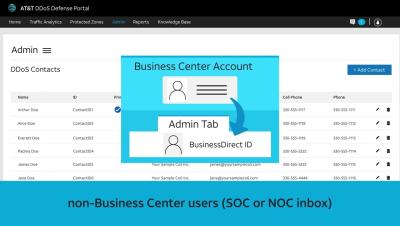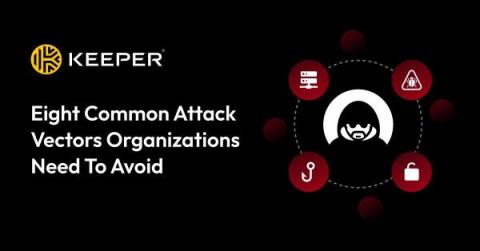Exploiting HTTP/2 CONTINUATION frames for DoS attacks
The vulnerability lies in the way HTTP/2 implementations handle CONTINUATION frames, which are used to transmit header blocks larger than the maximum frame size. Attackers exploit this weakness by sending an excessive number of CONTINUATION frames within a single HTTP/2 stream. This flood of frames overwhelms the server's capacity to process them efficiently.










